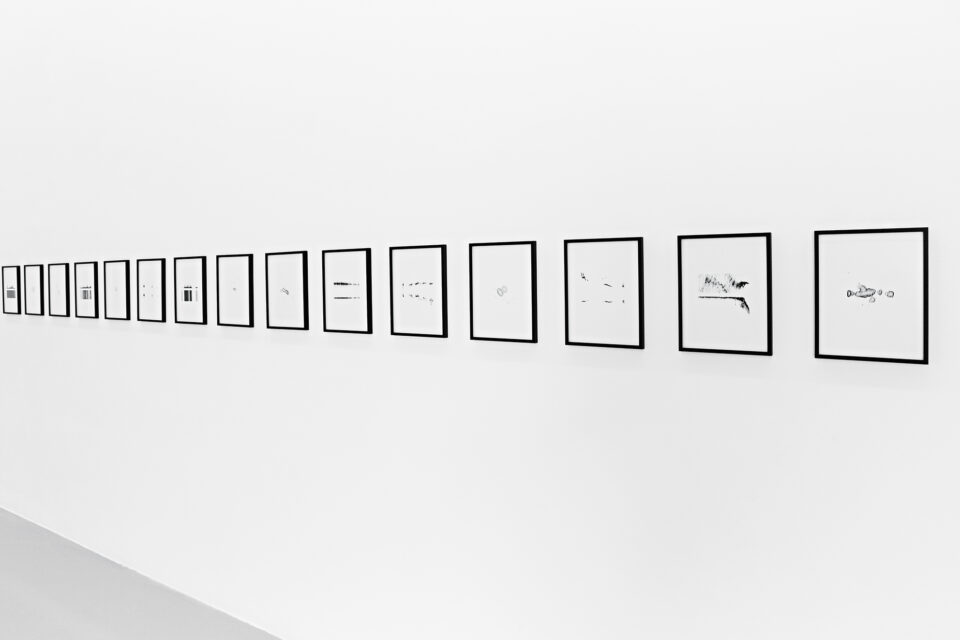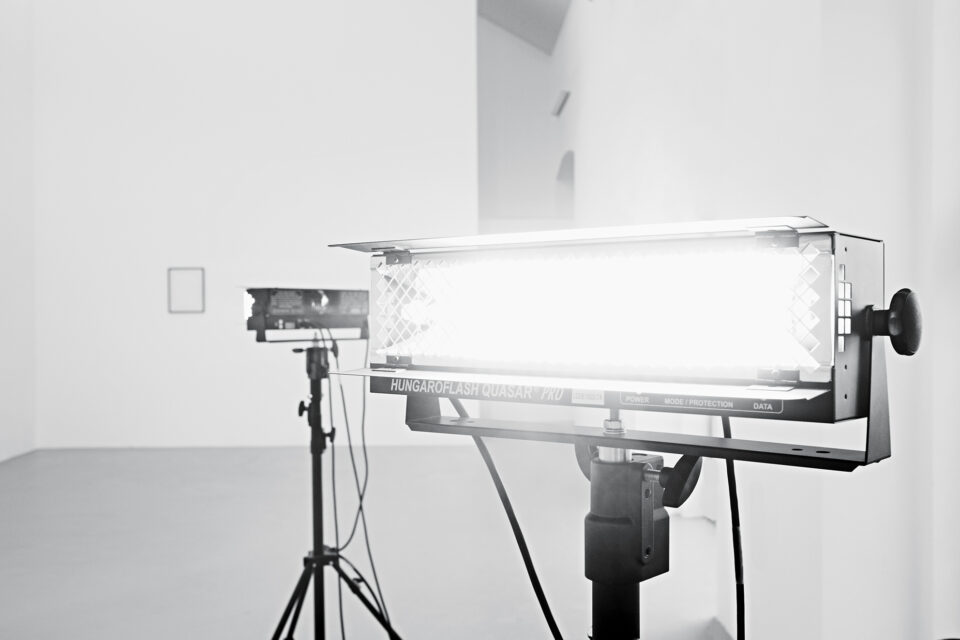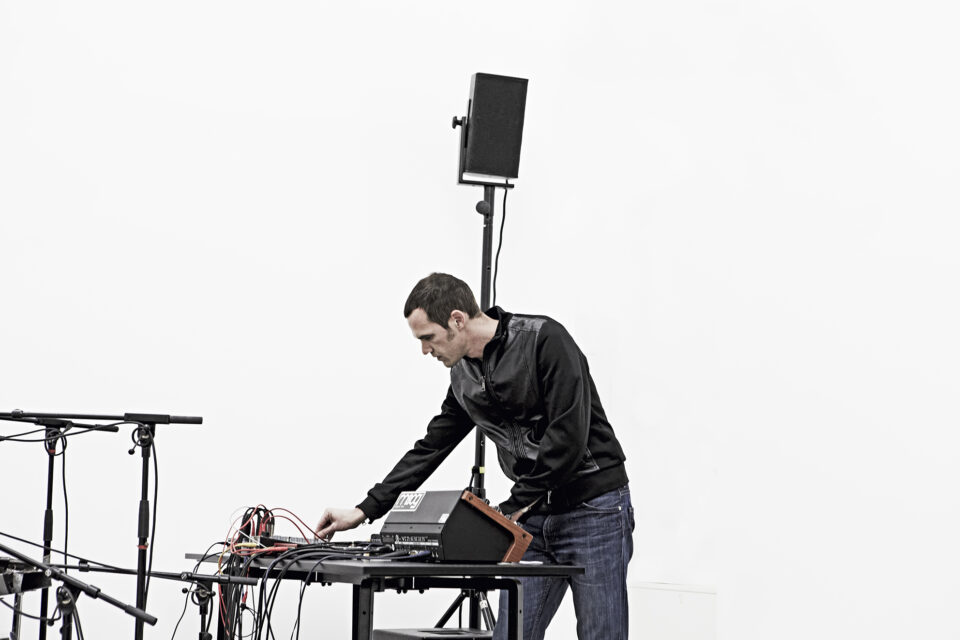A Volume, However Small, Will Have an Infinite Number of Planes
In ‘A Volume, However Small, Will Have an Infinite Number of Planes,’ Andrés Ramírez Gaviria explores interpretative and performative aspects of natural sciences while addressing artistic concerns of autonomy and communication. The exhibition features ‘Sources,’ a translation of radio signals from astronomical objects into 30 images, a sculpture, and a live sound performance. Also presented are ‘Formula,’ a creative process formula proposed by Russian art critic Nikolai Punin in 1919, and ‘0.,’ a four-minute video documenting the implosion of a glass cube.
Gaviria’s work repurposes forms, figures, and discourses from art, design, and technology through translation and transference processes. Employing clever manipulations and playful contradictions, Gaviria delves into concepts like time, space, translation, interpretation and communication. Often in collaboration with specialists from other fields, his work embodies a perpetual state of tension, expressing both an intriguing allure and an inquiry into his subjects.
The exhibition’s title, ‘A Volume, However Small, Will Have an Infinite Number of Planes,’ is taken from Jorge Luis Borges’ short story “The Book of Sand,” which Borges, in turn, took from Edward Kasner and James Newman’s ‘Mathematics and the Imagination. This title alludes to an idea of infinity or immeasurability, underlying the basis for the three works presented by Gaviria.
‘Sources’ translates signals from astronomical objects into two- and three-dimensional forms, alongside a sound composition. The work highlights the vast variability and interpretation of information, emphasizing the fluidity of translating data across diverse media boundaries and the performative aspects of science.
‘Sources’ suggests that meaning, even within natural sciences, is created through highly subjective and performative means using forms that continually undergo varied instantiations and interpretations.
‘S(Pi + Pii + Piii +…Pπ)Y = T’ represents a creative process formula proposed by Nikolai Punin in St. Petersburg in 1919.
Also exhibited is ‘0.,’ a video capturing the implosion of a sealed glass cube, where gas molecules are evacuated until a continuous decrease in pressure triggers the implosion. In this extrapolation of the concepts of reduction and indivisibility, a peculiar sense of temporality and spatiality emerges. Trapped between tensions, ‘0.’ portrays a video that acts as both a real and symbolic destruction of a form typically associated with permanent obsessiveness of control, yet ultimately countered by the meticulously planned process of its destruction.
Credits
The live musical composition is performed by electronic musician Stefan Nemeth and percussionist Bernhard Breuer.
Introductory words by Dr. Georg Russegger






